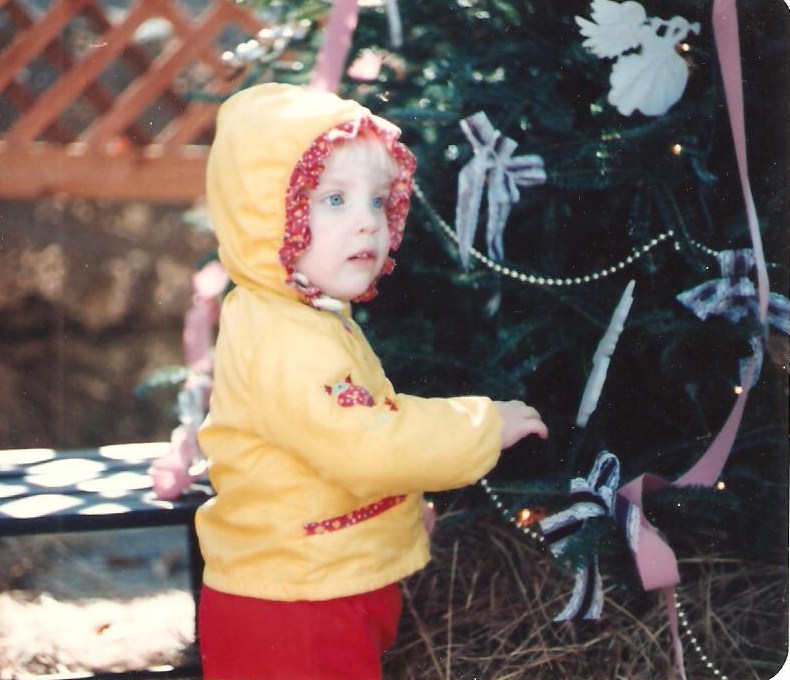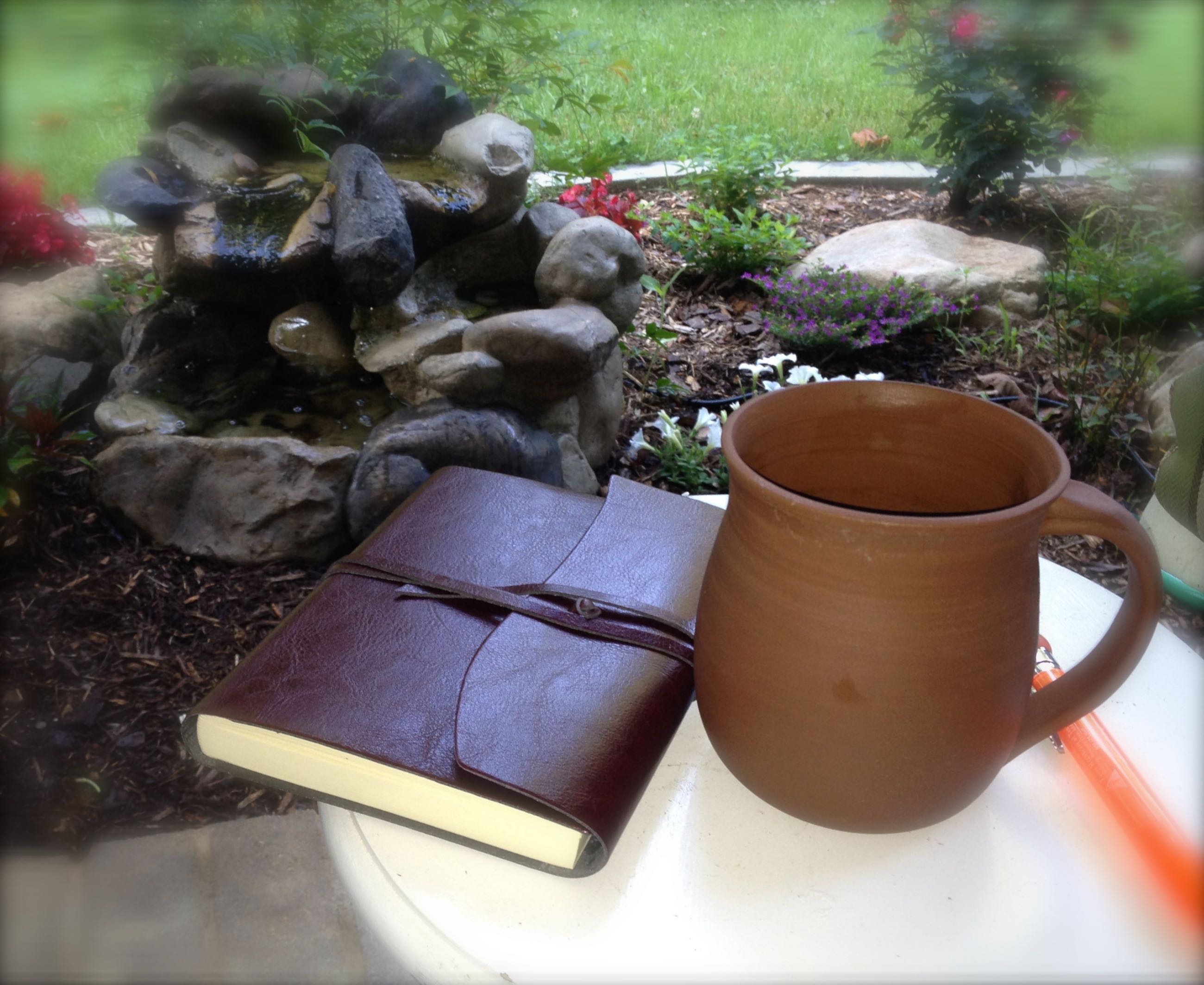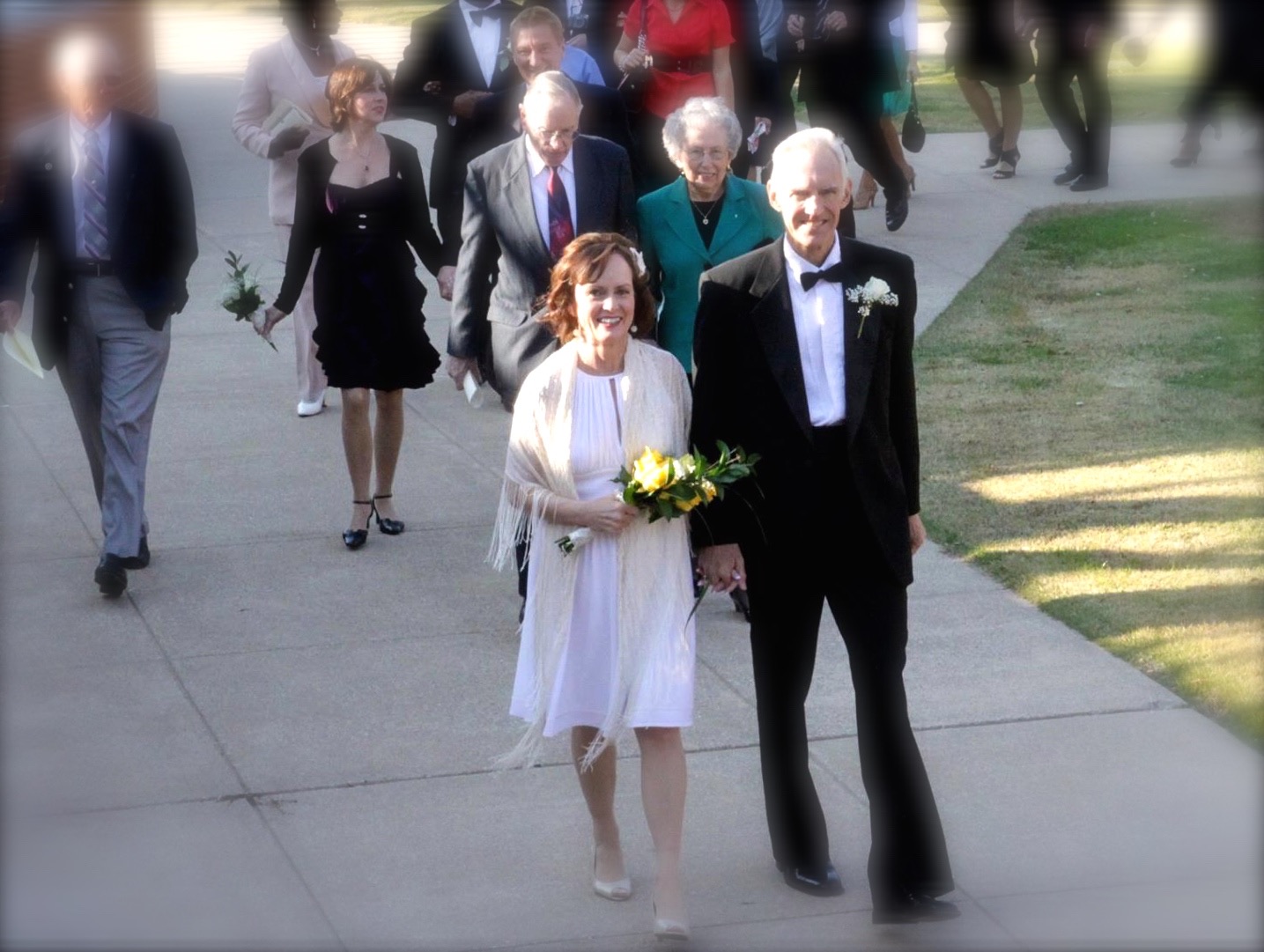5 Ways to Relieve Family Stress During Holidays
Family stress during holidays can range from mildly challenging to overbearing. Sometimes it’s traumatic losses such as divorce, death, or past trauma. Or invisible tension from emotional abuse, arrogance, manipulation, negativity or other issues. Our personal history can make us vulnerable to reactions and old relationship wounds. We end up with feelings of dread.
These five ways to relieve family stress takes courage, practice, and planning. For some, it takes professional help. If you find yourself overly stressed at the thoughts of being with family, here’s five things to consider.
-
Be open and curious about different perspectives.
We’re not even aware when we bring our internal stories and judgments into our heads about others and ourselves. We all desire to be heard, understood, and validated. It’s challenging for us to hold the viewpoints and experiences of another when theirs is radically different from our own.
It takes being intentional to be curious about another who is different than we are. Being open and curious instead of an “I’m-right-and-you’re-wrong” attitude. Curiosity and openness is the beginning of humility and understanding. Click To Tweet
-
Take deep breaths.
When someone does or says something that instantly stirs your insides, take three deep long breathes – easier said than done. We’re triggered by an embarrassing comment or an unintentional put down. Without knowing it, your brain tells you wordless messages like: “You’re not safe. You’d better walk away. . . or fight. Stand your ground. They are the enemy.” Heart rate and blood pressure rises. The fight, flight, or freeze reaction strikes like lightning.
Deep breathing slows all this down. It only takes 90 seconds for the neuro-pathways to connect with the reasoning part of the brain. Three or four deep belly breaths help make this happen.
Rational thoughts about the same offense may sound like, “I must have been misunderstood . . . they may not be aware of how I just experienced them . . . I’ve said impulsive things before . . . this reminds me of _______ . . . I wonder what’s really going on. . .”
-
Be intentional about positive thoughts and actions.
We need about eight positive interactions to cancel out one negative. You’d be surprised at how contagious our thoughts and actions are. Most of us don’t realize how we invite others to respond negatively to us. We’re unaware of our own facial expressions, mood, and tone. Our internal thoughts affect others. Attitudes show up like a proud peacock.
-
Look for divine encounters.
Be willing to look for a loving and welcoming God in the midst of relationships. I believe divine encounters happen in the present moment and among relationships with others.
My favorite way of doing this is being with my little grandchildren and seeing the world through their eyes. It’s easy to be with them because they’ve not developed the defenses that grown adults have learned. Of course, it’s challenging to see the little girl or boy inside a grown adult’s body.
When we see a hurt child underneath another’s stern gestures, we can choose to make loving eye-contact. Too often our own child wounds keep our gaze away in fear.
Imagine allowing conflict with another to be an invitation from the Holy Spirit to grow and heal. Honor the other person with the viewpoint of meeting God in the interaction. You open yourself up to transformation!
-
Be willing to say “no thank you.”
In some cases, family stress can be poisonous to one’s emotional and mental well-being. If you struggle with overwhelming anxiety, it’s necessary and appropriate to say “no thank-you” to family gatherings. Some situations are so severe that it’s important to get professional counseling. Get help with how to say no and make alternate plans in a way that nurtures your soul.
Remember to practice: be open, take deep breaths, have positive thoughts, look for divine encounters, and say “no thank you.” May your family stress be turned into opportunities for awareness, positivity, and personal growth.
Questions to Ponder
What has been most challenging to you in the past?
What is one take-away for you from this list of 5 ways?






